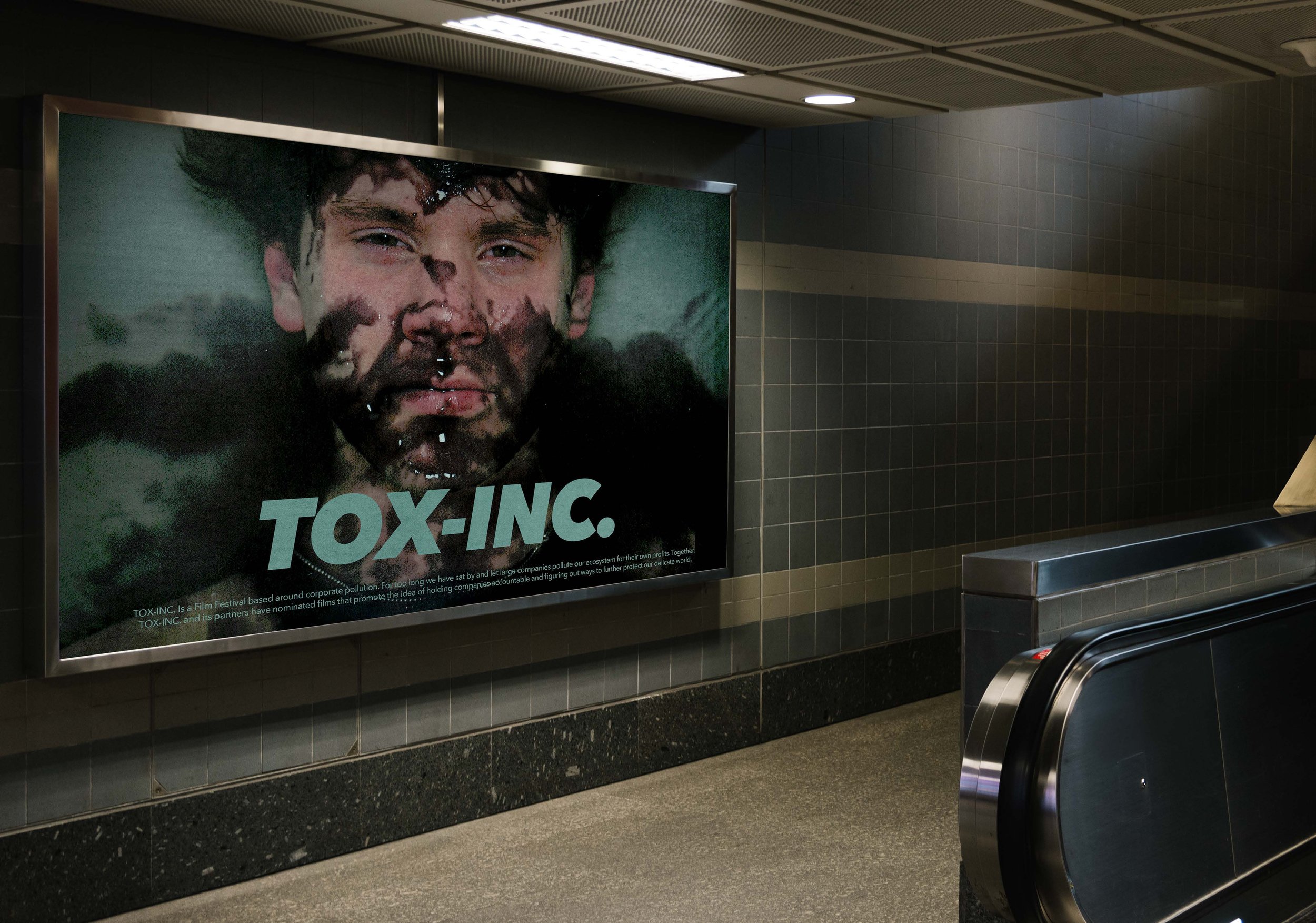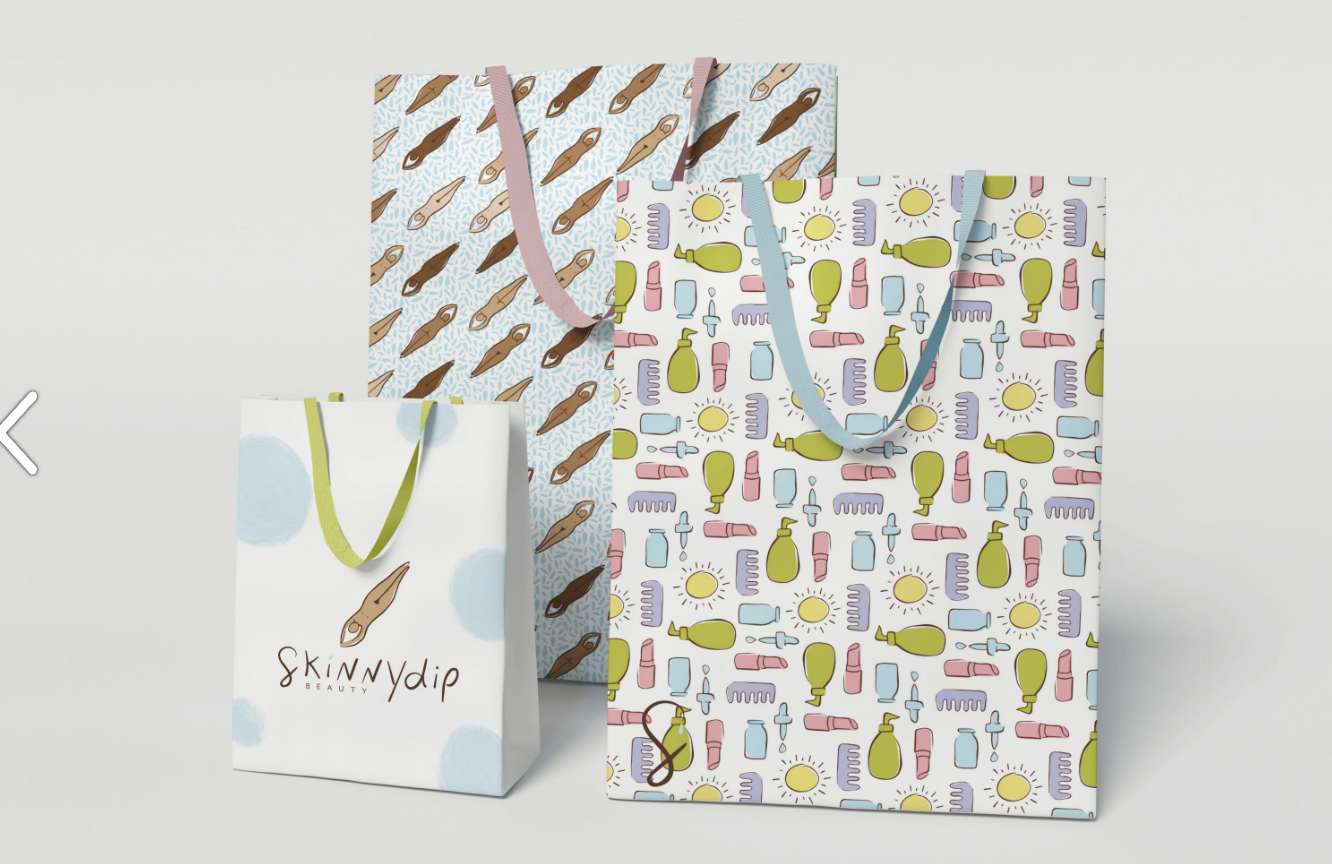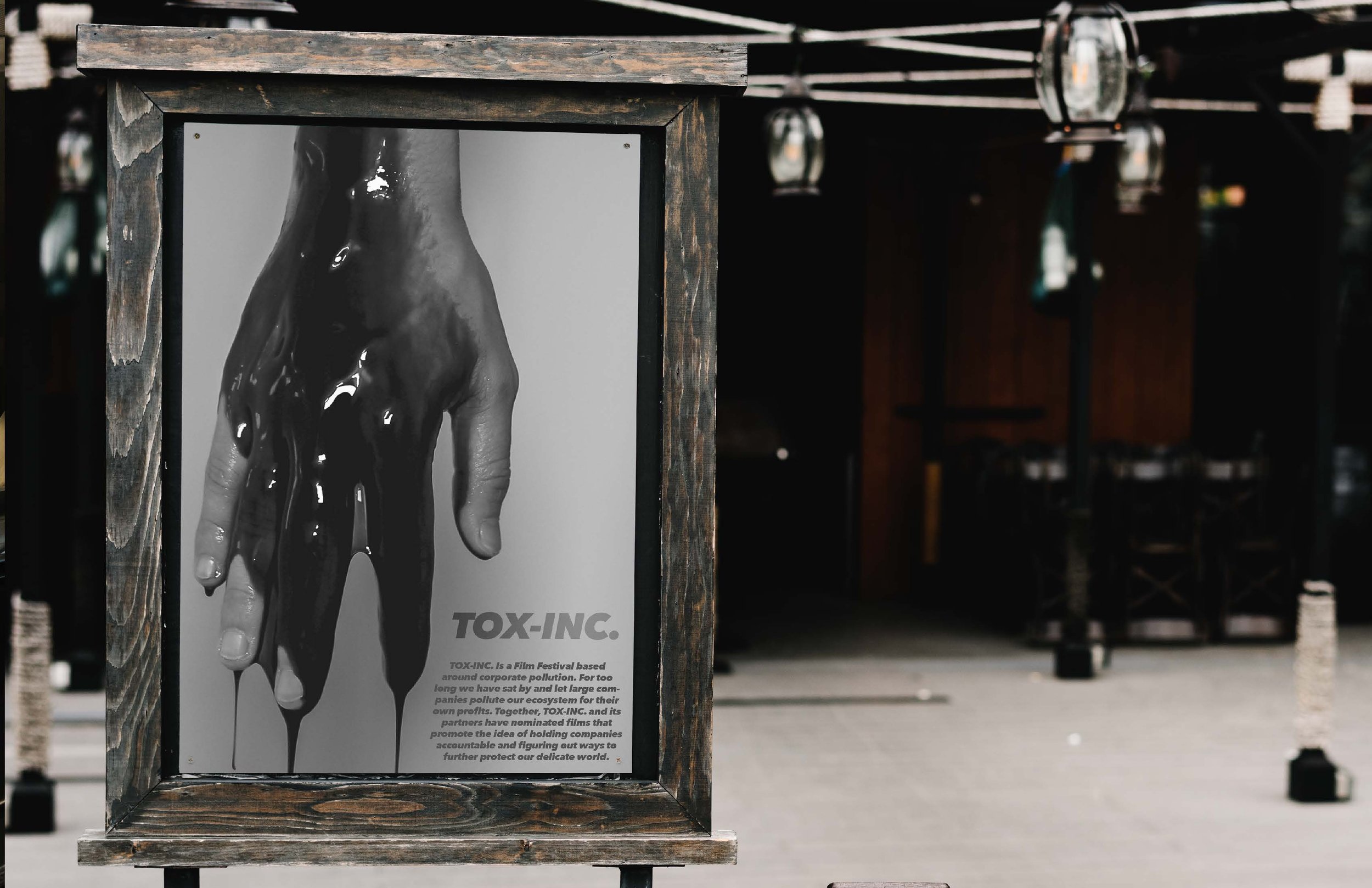Portfolio 101
As a designer, you should know how important your portfolio is to your career. Since opening up PAX STUDIO in 2019, I have been able to mentor many college-level interns, each of them having their own set of obstacles when the time came to build their portfolios. Seeing this over and over again -- and experiencing it myself -- I can confidently say that establishing your portfolio is hands down the most challenging thing you'll do for yourself as a designer. No matter your talent level or how confident you feel in your skills, when it comes down to displaying your work, there is a lot of pressure to make it perfect. You want to impress these big companies and agencies and stand out from the other 200 applicants. It can become overwhelming, and the imposter syndrome is knocking at your door, but let me reassure you. Your portfolio will never be perfect -- Yeah, I said it, and you’re probably thinking that statement did the opposite of assurance. However, this is something I have had to realize in order to create a portfolio that I am proud of. And how did I come to that realization, you ask? Let's talk about that…
BEFORE WE BEGIN, I WANT TO MAKE READERS AWARE THAT I WILL BE SHOWING WORK CREATED BY PAST INTERNS; THESE EXAMPLES EMBODY EVERYTHING I DISCUSS THROUGHOUT THIS LESSON. I DO NOT OWN THE RIGHTS TO THESE IMAGES. SO PLEASE BE GOOD HUMANS AND DO NOT COPY, STEAL, OR MANIPULATE ANY OF THEIR WORK. (I AM LIKEY TO GO MAMA BEAR ON YO’ BUTT)
YOUR PERSOnal IDENTITY
Typically the first step in building your portfolio is establishing your personal identity or brand. It’s like the bow on top of a present; it brings it all together. So let me ask you, how does a designer create a visual representation of their skills when they are ever-changing? It’s a hard problem to solve, but not impossible as long as you understand…
CHANGE IS INEVITABLE
If I were to conduct a survey of designers, amateur to professional, I could guarantee each designer has changed their personal branding more than once. So it’s important to understand and be aware that is not uncommon to modify your brand to fit your growth. You will have to embrace change while making sure it doesn't get the best of you, and you fall into the traps of trends.
TRENDS WILL LIMIT YOUR POTENTIAL
Trends are the way society measures our change in a span of time. They are great when you look at bodies of work as a whole, but individually they can strip away all originality. So, if you go into a project thinking more about fitting into what is “cool” at the moment, you have removed its ability to represent you, which is the ultimate goal of your portfolio.
YOURSELF
How do you understand yourself, especially when you're just getting started or always doing work for other people? My answer to this might seem a little cheesy, but your personal identity has to embrace what excites you the most about your work, all while representing what makes you stand out; see the common dominator.
STORY TIME:
During my final semester of college, in my senior portfolio class, one of the first projects we were given was personal branding. I thought I had this project in the bag, given that I have been working freelance since starting school, even having my own little business with a name and everything; I figured I would just give it a little “face-lift.” However, with the discussion of opening up my own studio after graduation, I felt SO much pressure to create the perfect name and logo for my future. After all, this logo would be what my professional business would be identified by, so it was time to say goodbye to my college identity.
I had probably 25+ logo sketches, but none of them excited me. With the deadline approaching, I was beside myself, feeling like this should be the easy part since I had a passion for logo design. On the verge of a breaking point, I went so far as to come up with this AWFUL “logo-less” concept that said something along the lines of “no logo needed; all my focus is creating logos for you.” Dumb right?
It wasn’t until I was talking to one of my professors, practically in tears, that she told me something I would never forget. “Paxton, you are overcomplicating this. Don’t force something you are not.” From there, I handed her my sketchbook, and while she flipped through it, she asked me, “what are three things you want to showcase in your logo?” I responded with “custom typography, my ability to accomplish any style of design, and timelessness.” She then somehow found the sketches I hid because I felt they were too ambitious to bring to life. Long story short, those were the original sketches of my now beloved PAX STUDIO logo.
So if you are having trouble establishing your personal identity, I challenge you with this:
Are you using your name or a personality? (ie. Paxton Taylor vs. PAX STUDIO)
List 2-3 things that represent your current skills or body of work
List 2-3 things you want your skills or body of work to represent in the future
List 3 things that make you happy
Make sure to ask yourself:
Am I overcomplicating it?
Am I forcing myself to be someone I'm not?
YOUR WORK
Whether you are finishing up your time in design school and getting ready to apply for those big jobs, or you are thinking about quitting your agency job and becoming your own boss, you have built up a body of work that is the progeny of your blood, sweat, and tears. So it is important to build a layout that shows the spectrum of your skills yet is cohesive to your personal brand, all while being on multiple platforms. Sounds like a lot, right? Well, it is, and I’m not going to lie. But the good news is you are not alone, and just like your personal branding, make sure you don’t overcomplicate; here's how…
ONLY INCLUDE THE BEST
Say it with me. ONLY your BEST work. In my experience, when I was putting together my final portfolio in college, I had a fancy freelance client from NYC -- a project that I was very proud to have, being only a college senior. They had great images of my work on their products, and they looked very professional, so I felt that it was necessary to include all of the designs that I created. It wasn't until one of my professors told me to cut down the section and not include every design because the work was good but not my BEST. So even though you might get a great opportunity, the work that you do might not always be your best, so consider re-evaluating what you include. Remember, great work leads to great opportunities.
DRESS FOR THE JOB YOU WANT
We’ve all heard this saying, and its meaning pertains to your portfolio as well. Make sure your best work promotes the skills for the job you are applying to. This may mean designing multiple portfolios or breaking them up into categories. Because if you are applying for a package design job, heavily displaying your web design skills is not going to help build your case that you are right for that job.
This also comes into play when you are a styled designer. If you have a particular artistic style that you display in the majority of your work, make sure only to show pieces that can best reflect that style. For example, if your style is considered ‘anime’ and you pride yourself in character designs + drawings, it is hard to reflect that style on specific applications. Consider laying out a comic book or a set of playing cards. The main thing is that you don't force your style.
Now, I always recommend showing a range of skills in your body of work. Showing you can accomplish different forms of design or that you can successfully break away from your set artistic style will give you leverage amongst other designers.
MAKE IT SHINE
After you have executed a design for whatever type of project, normally, the last step is to mock it up. Mockups are a great tool, especially when you don't have the resources to produce a physical copy. But the downfall of mock-ups is that the same ones are used over and over again. As an employer, I like to see creative variety when you lay out your projects. So consider…
investing in paid mock-ups instead of utilizing the overused free resources, or if you have access to the full Adobe Creative Cloud Suite, try out Adobe Dimensions.
taking advantage of product photography and creating your own mockups, and if you're not confident in photography, find a friend who could help.
SHARE IT, DAMMIT!
Having a good online presence for your work will be one of the easiest ways to connect with potential clients. In college, it was a requirement for me to have a personal website established, and ever since, I have had one, but I understand not everyone can afford a website plan. So start with what is freely available to you, like specific portfolio database sites or social media platforms. Once you establish a public presence and get positive responses, you can see if it’s necessary to invest in a personal site.
Online Portfolio Sites: before considering purchasing a domain and a website host, consider taking advantage of these online portfolio sites that automatically connect with the world.
Behance
Dribble: invitation-only platform. While you are free to browse content, you need to get invited by a member, called “a player”, in order to upload. This gives members the feeling of exclusivity to be part of the community.
LogoLounge: Paid membership, Logolounge is a portfolio tool, global competition, and a community all in one. every logo uploaded will give you a chance to be featured in their yearly LogoLounge trends book. (I highly recommend joining if you have the desire to be a logo designer.)
Social Media: Social media has become one of the most powerful tools of our generation. Artists are using this to their advantage by posting their work on different platforms to get a following. Just like online portfolio sites, they connect you with the world. Establishing a social media account for your work is completely free to do, and many people have had great success. Unfortunately, social media can be a burden to stay active continually. With the recent popularity of the social media platform TikTok, artists are finding ways to show candid videos of their life, and their presence has become 10 times greater than their carefully curated Instagram.
Personal Site: A personal site can be a great asset to artists; it's like having your own ‘island’ on this massive world wide web. But on top of its somewhat-of-a hefty price tag, there is a necessary setup of SEO and needed drive towards your website to make it worth the investment. You need to make sure that you are marketing the site on digital platforms as well as your printed marketing materials.
Personally, I use Sqaurespace and have had great luck with it so far.

















